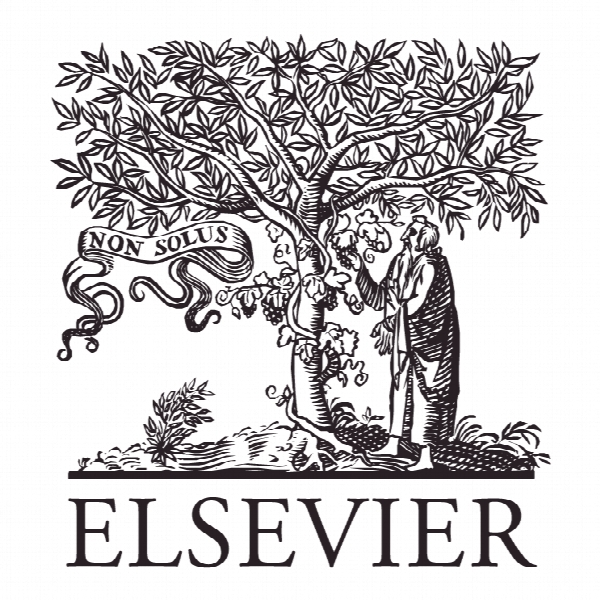چگونه روش های مختلف پرداخت، بر بازدهی هزینه و اعتبار در تجارت الکترونیک تاثیر می گذارد؟ How do different payment methods deliver cost and credit efficiency in electronic commerce?
- نوع فایل : کتاب
- زبان : انگلیسی
- ناشر : Elsevier
- چاپ و سال / کشور: 2017
توضیحات
رشته های مرتبط مدیریت
گرایش های مرتبط تجارت الکترونیک
مجله تحقیق و کاربرد تجارت الکترونیک – Electronic Commerce Research and Applications
دانشگاه RWTH Aachen University, Germany
نشریه نشریه الزویر
گرایش های مرتبط تجارت الکترونیک
مجله تحقیق و کاربرد تجارت الکترونیک – Electronic Commerce Research and Applications
دانشگاه RWTH Aachen University, Germany
نشریه نشریه الزویر
Description
1. INTRODUCTION The mode of payment that is offered to customers is important for a retailer’s marketing and financial objectives, and has direct implications for a firm’s profitability (Ingene and Levy, 1982). In particular, the increasing volume of worldwide transactions due to a still growing number of Internet shoppers (Pozzi, 2013), substantial innovations in payment technology and infrastructure (Kahn and Roberds, 2009), and significant changes in consumer payment habits (Pimentel, 2013; Schuh and Stavins, 2010) require new ways of handling payments in business-to-consumer markets in ecommerce (Stroborn et al., 2004). Considering this background, it is not surprising that researchers have examined why individuals and firms use different payment instruments (Garcia-Swartz et al., 2006a; ten Raa and Shestalova, 2004). Although this is highly relevant for academics and practitioners, empirical evidence regarding payment costs and its influence on the payment choice is scarce (Hancock and Humphrey, 1998; Klee, 2008). The perspective of a retailer has yet to be explored in depth due to the absence of appropriate data (Dahlberg et al., 2008; Grewal and Levy, 2007). Previous studies on the economics of payment instruments used survey data (Garcia-Swartz et al., 2006a, 2006b; Hayashi and Keeton, 2012) or aggregated statistics (ten Raa and Shestalova, 2004), but did not have access to transaction-level data (Kahn and Roberds, 2009). Depending on the granularity of the data available, prior research has reported a wide variance in cost rankings and contradictory results, as well as divergent managerial conclusions (Hayashi and Keeton, 2012; Shampine, 2009, 2007). This topic has been identified as an important area for future research, since the two main questions “What does it cost to make a payment?” (Humphrey et al., 2003) and “Which payment instrument turns out to be the least expensive depending on the transaction size?” still have not been answered (Humphrey, 2010). Specifically, researchers have called for further research involving the collection of detailed data on an individual consumer and bank level to examine the complexity of financial payment instruments and consumer behavior (Scholnick et al., 2008). The dependency of the payment choice on the transaction value requires a detailed analysis of the market place and the associated transaction costs with regard to each payment method (Shy and Tarkka, 2002). As a consequence, this study analyzes how retailers can provide cost and credit-efficient payment ervices in e-commerce. We offer three main contributions to the field. From a conceptual viewpoint, we expand the well-established transactions demand for cash framework by Baumol (1952) and Tobin (1956) to an e-commerce environment by introducing Internet-specific payment instruments, such as invoices, credit cards, PayPal payments, as well as prepayments. We also include online payment systems-related transaction costs components, such as customer payment default costs and cost of capital. Compared to previous research, our estimation model gives a more holistic picture of the transaction costs retailers incur when providing payment services in their Internet businesses, and hence it offers opportunities for retailers in terms of lowering customer servicing costs and achieving greater efficiency (Kalaignanam et al., 2008; ten Raa and Shestalova, 2004). We also add to the Finance literature that has called for research into the relationship between different payment instruments, deposit reactions, and profitability (Bounie and Gazé, 2009; Santomero, 1984; Shy and Tarkka, 2002).


